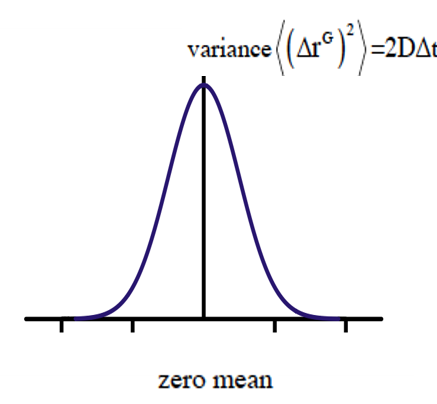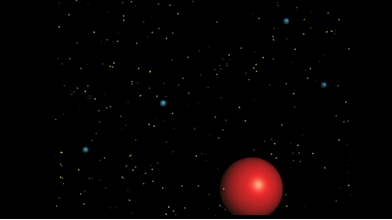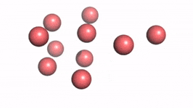Brownian dynamic simulations
Brownian dynamic simulations are a modelling method where all particles (nanoparticles, colloids) are explicitly represented at a coarse-grained (mesoscopic) level while the fluid molecules (liquid or gas) are not represented explicitly but their impact on the motion of particles is included.
Impact of these fluid media molecules results from their collision with the particles. ∆rG is the random term used to represent the effect of water molecule collision on the motion of other particles (Brownian motion). Each component of ∆rG is chosen from a Gaussian distribution with 0 mean and a variance equal to [(∆rG)2] = 2D∆t, where D represents the diffusion coefficient of the particle or aggregate considered. Based on the position of the particle or aggregate at time t, due to Brownian motion the next position at time t+∆t will be:
|
D: Diffusion Coefficient of the particle or aggregate
|
 |
|
|
|
Used for |
|
|
(Hetero)aggregation Rate Calculation
|
||
Read more |
Read also |
|
Visit the NanoFASE Library to read summaries of these reports: NanoFASE Report D8.6 NMs behaviour and transformation in sediment pore waters and pore water gradients |
Seijo M, Ulrich S, Filella M, Buffle J, Stoll S. (2009) Modeling the adsorption and coagulation of fulvic acids on colloids by Brownian dynamics. Environmental Science & Technology 43 (19), 7265-7269. doi.org/10.1021/es9002394 Elimelech M, Gregory J, Jia X. (2013) Particle deposition and aggregation: measurement, modelling and simulation. Butterworth-Heinemann.
|
Contact

Serge Stoll
Marianne Seijo
Group of Environmental Physical
Chemistry, University of Geneva


